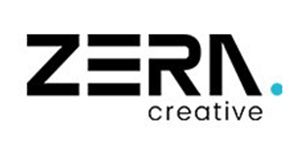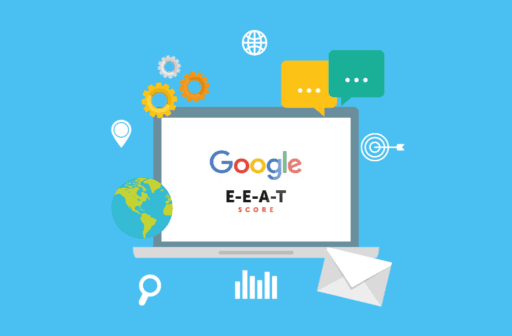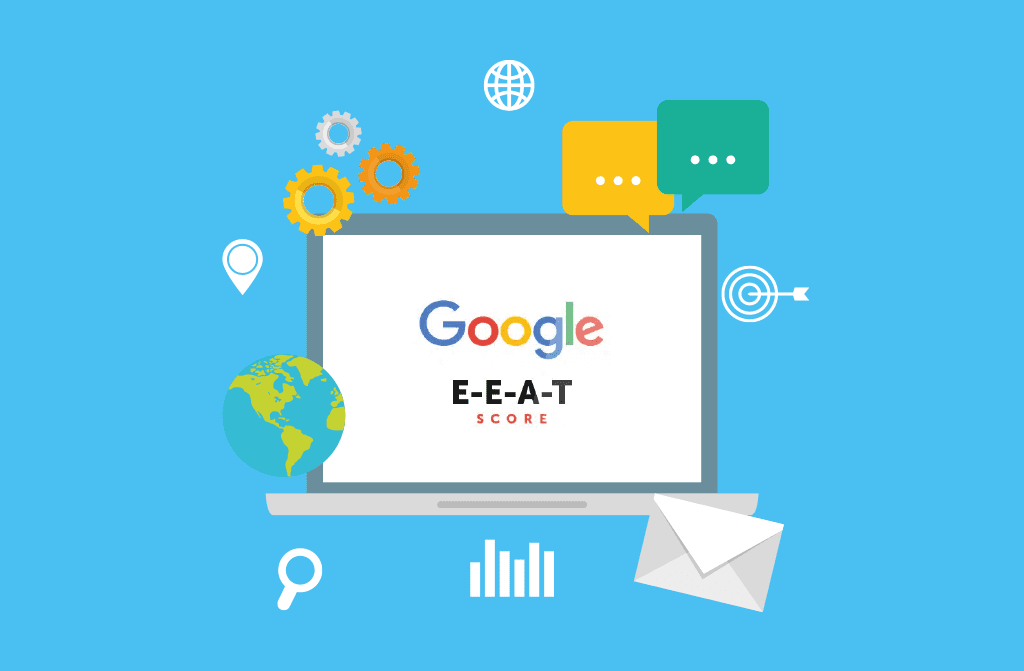In the ever-evolving landscape of search engine optimization (SEO), Google’s E-A-T Score has emerged as a critical factor that can significantly impact a website’s visibility and credibility. E-A-T, which stands for Expertise, Authoritativeness, and Trustworthiness, reflects Google’s commitment to delivering high-quality, reliable information to its users.
Understanding E-A-T and taking steps to improve it can greatly benefit your website’s performance in search results and build trust among your audience.
Google E-A-T Score Clarified: Boost Your Online Presence
Understanding the Secrets of E-A-T: Discover how to enhance your digital footprint and gain greater visibility with these valuable insights and strategies.
1. Expertise: Authoritative Content Creation
In the realm of digital content, authority is a currency that holds immense value. It is the cornerstone of Google’s E-A-T (Expertise, Authoritativeness, Trustworthiness) framework, and achieving it requires a deliberate and comprehensive approach to content creation. The first tip to bolster your E-A-T score is to prioritize the development of authoritative content.
To humanize this tip, think of your content as the voice of an expert in a particular field. This expert doesn’t just regurgitate information; they distill complex concepts into digestible nuggets, provide unique insights, and cite credible sources.
2. Quality Backlinks for Authority
Building quality backlinks is a pivotal strategy to enhance the authority of your online presence, and this tip is a cornerstone of improving your E-A-T score. In the digital landscape, backlinks act as endorsements from other authoritative websites, signaling to search engines and users that your content is reputable and trustworthy.
Much like in academia, where a citation from a respected scholar enhances the credibility of a research paper, quality backlinks do the same for your content. They essentially tell the world, “This content is worth your attention.” However, the emphasis should be on “quality” over quantity.
3. Trustworthiness Through Transparency
Transparency is a cornerstone of building trust on the web, and it plays a pivotal role in Google’s E-A-T criteria. To bolster your website’s trustworthiness, you must be transparent about various aspects of your online presence. One way to achieve this is by providing clear and comprehensive authorship information.
Clearly state who the content creators and authors are, and ensure that their qualifications and expertise are prominently displayed. When readers know the background and authority of the individuals behind the content, they are more likely to trust the information presented.
4. Comprehensive and Updated Content
To enhance your website’s E-A-T score, consider conducting regular content audits. Evaluate the accuracy and timeliness of your existing content, and update or remove any outdated or inaccurate information. Focus on producing evergreen content that remains relevant over time, as this can contribute to your site’s long-term credibility.
Furthermore, citing authoritative sources and providing references can boost the credibility of your content. When readers see that you’ve conducted thorough research and can support your claims with reputable sources, they are more likely to trust and value your content.
5. User-Friendly Design Principles
To prioritize user-friendly design principles, focus on optimizing your website’s layout, readability, and accessibility. Ensure that your site is responsive, adapting seamlessly to different screen sizes and devices, including mobile phones and tablets.
Simplify navigation by organizing content logically and employing clear menus and links. Pay attention to typography, using readable fonts and appropriate text sizes and colours. Additionally, make sure your website is accessible to individuals with disabilities, complying with web accessibility standards like Web Content Accessibility Guidelines (WCAG)
6. Optimal User Experience Enhancement
Optimizing the user experience (UX) is a paramount strategy to bolster your website’s Google E-A-T score. A seamless and enjoyable user journey not only keeps visitors engaged but also enhances trust and authority. To achieve an optimal user experience, it’s crucial to start with responsive design.
Your website should adapt effortlessly to various devices, including desktops, tablets, and smartphones. Fast loading times are equally essential; users tend to abandon slow-loading sites. Employing intuitive navigation is another vital aspect. Organize your content logically, provide clear menus, and ensure that users can easily find what they’re looking for.
7. Building Social Proof Credibility
Building social proof credibility is a pivotal element in improving your Google E-A-T score. Social proof refers to the influence that the actions and opinions of others have on our own behavior. When it comes to websites, this translates into showcasing evidence that your content, products, or services are valued and trusted by your audience. Customer reviews and ratings are a potent form of social proof.
Encourage satisfied customers to leave reviews on your site or on prominent review platforms. Positive testimonials and case studies can also be compelling forms of social proof. They illustrate real-world experiences and successes, bolstering your site’s credibility.
8. Citing Reliable Sources Effectively
Effectively citing reliable sources is a crucial aspect of improving your Google E-A-T score and the overall quality of your content. When you reference external sources, it demonstrates a commitment to accuracy, transparency, and thorough research. To do this effectively, ensure that the sources you cite are reputable and trustworthy.
These could include academic institutions, government websites, industry experts, or well-known publications. When using statistics, studies, or data from these sources, provide proper citations with clear attribution. This not only adds credibility to your content but also makes it easier for readers and search engines to verify the information.
9. Consistent Content Updating
Updating content isn’t solely about changing the publication date; it also involves improving and enhancing the existing material. When you come across outdated statistics, broken links, or information that has evolved, make the necessary revisions.
Regularly reviewing and refreshing your content can contribute significantly to your website’s credibility and authority. Moreover, it encourages users to return to your site for the latest information, fostering a loyal readership base.
10. Transparency and Trustworthiness
Transparency is a cornerstone of building trust and improving your Google E-A-T score. It involves being open and honest about various aspects of your website, content, and organization. To demonstrate transparency, provide clear and easily accessible information about the authors, their qualifications, and any affiliations.
When you cite sources, link to them directly so that users can verify the information’s authenticity. Transparency extends beyond the content itself; it should also encompass your website’s privacy policy, terms of use, and contact information. By fostering an environment of openness, you not only boost your E-A-T score but also create a positive impression on your audience.
Conclusion
Google’s E-A-T Score is not just another SEO buzzword; it’s a fundamental concept that underscores the importance of providing valuable and trustworthy content to online users.
By focusing on expertise, authoritativeness, and trustworthiness in your content creation and website management, you can not only improve your search engine rankings but also establish a strong rapport with your audience.
FAQs
1. What does E-A-T stand for, and why is it important for my website?
E-A-T stands for Expertise, Authoritativeness, and Trustworthiness. It’s important because Google uses E-A-T as a ranking factor to ensure that websites providing information or services demonstrate expertise.
2. How can I improve my website’s expertise to boost its E-A-T score?
A: To enhance expertise, focus on creating high-quality, well-researched content. Ensure that your authors are experts in their respective fields, and clearly demonstrate their credentials.
3. What role do backlinks play in improving my website’s authority for E-A-T?
Backlinks from authoritative and trustworthy websites can significantly boost your website’s authority. It’s important to build a natural backlink profile by creating valuable content that others want to link to.
4. Is E-A-T relevant for all websites, or does it primarily apply to specific niches?
A:While E-A-T is important for all websites, it’s particularly crucial for websites that provide information on topics related to health, finance, law, and other areas where accuracy and trustworthiness are paramount.







